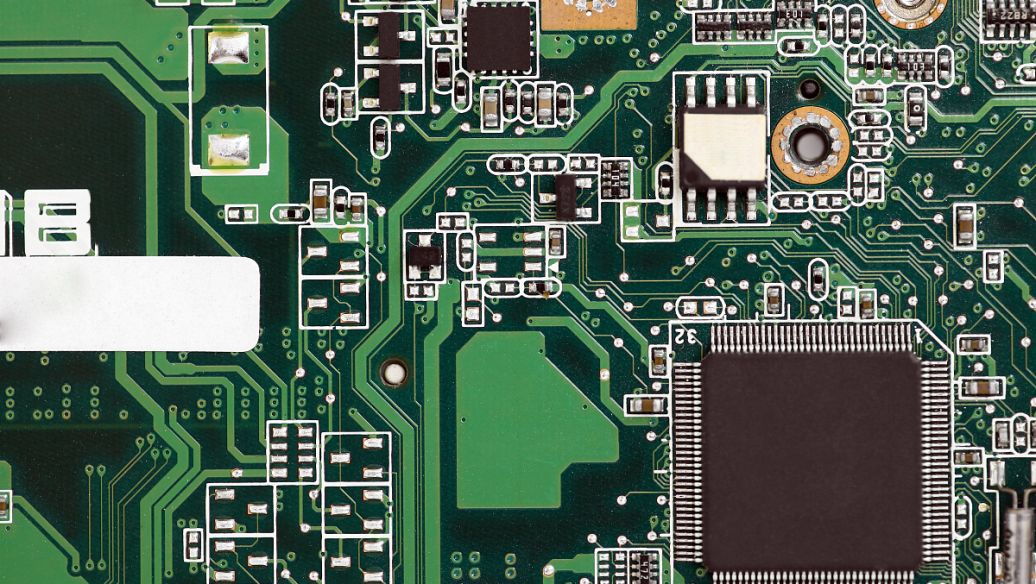 +86 755 2794 4155
+86 755 2794 4155  sales@knownpcb.com
sales@knownpcb.com
-
Shenzhen KNOWNPCB Technology Co., Ltd.
 +86 755 2794 4155
+86 755 2794 4155  sales@knownpcb.com
sales@knownpcb.com
 2024-03-05
2024-03-05
 831
831

PCB heat dissipation. For electronic devices, a certain amount of heat will generate during work, so that the internal temperature of the equipment will rise rapidly. If the heat is not distributed in time, the equipment will continue to heat up, and the device will fail due to overheating. Electronics will fail. Electronics will fail. Electronics will fail. Electronics will be invalidated. The reliability of the device will decrease. Therefore, it is very important to carry out a good heat dissipation treatment on the circuit board. The heat dissipation of the PCB circuit board is a very important link, so what are the cooling skills of the PCB circuit board? Let's discuss it together.
1. PCB plates that are widely used through the PCB board itself are copper -covered/epoxy glass cloth substrates or phenolic resin glass cloth substrates, as well as a small amount of paper base covering copper plate.
Although these substrates have excellent electrical performance and processing performance, the heat dissipation is poor. As a heat dissipation pathway for high incidence of heat components, it is almost impossible for the PCB to transmit heat from the PCB itself, but heat dissipation from the surface of the component to the surrounding air. However, as electronic products have entered the era of miniaturization of parts, high -density installation, and high -incidence thermal assembly, it is not enough to heat dissipation if it only rely on the surface area with a small surface area. At the same time, due to the large number of surface installation elements such as QFP, BGA, etc., the calories generated by components are largely passed on to the PCB board. Therefore, the best way to solve the heat dissipation is to improve the PCB's own cooling capacity that directly contacts the heating element. Through the PCB board Take out or distribute it.
2. When the heat sink of the heating device, when the PCB has a large amount of heat (less than 3) in the PCB, you can add a radiator or heat tube to the heat device. A radiator with a fan can be used to enhance the heat dissipation effect.
When the amount of thermal device is more (more than 3), a large heat sink (board) can be used. Pull out different component levels. The heat sink covers the overall surface of the component, and gets in contact with each component. However, due to poor consistency of components, the heat dissipation effect is not good. Usually add a soft thermal phase change and heat pad to the component surface to improve the heat dissipation effect.
3. For equipment that uses free -to -flow air cooling, it is best to arrange integrated circuits (or other devices) in a vertical manner or arranged in a long way.
4. Use a reasonable wiring design to achieve cooling. Due to the poor thermal conductivity of the resin in the board, the copper foil line and the hole are hot conductors. Therefore, increasing the surplus rate of copper foil and increasing heat -conducting holes is the main means of heat dissipation. Evaluating the heat dissipation ability of PCB needs to calculate the equivalent heating coefficient (nine EQ) of the composite material composed of various materials composed of various materials with different thermal conductivity.
5. The device on the same printing board should be arranged as much as possible according to its heat and heat dissipation level, and device with small heat or poor heat resistance (such as small signal transistors, small -scale integrated circuits, electrolytic capacitors, etc.) are placed on the place in place. The highest level of cooling airflow (at the entrance), device with large heat or good heat resistance (such as power transistors, large -scale integrated circuits, etc.) is placed at the lowest downstream of cooling air.
6. In the horizontal direction, the high -power device should be as close to the edge of the printed board as much as possible in order to shorten the heat transfer path; in the vertical direction, the high -power device should be closer to the above printing plate as possible Impact.
7. The heat dissipation of the printed board in the device mainly depends on air flow. Therefore, the air flow path should be studied when designing, and the device or printing circuit board should be reasonably configured. When the air flows, it always moves to the place where there is less resistance. Therefore, when configured the device on the printing circuit board, avoid leaving a larger airspace in a certain area. The configuration of multiple printed circuit boards in the whole machine should also pay attention to the same problem.

Or call +86 755 2794 4155
Inquiry Now

